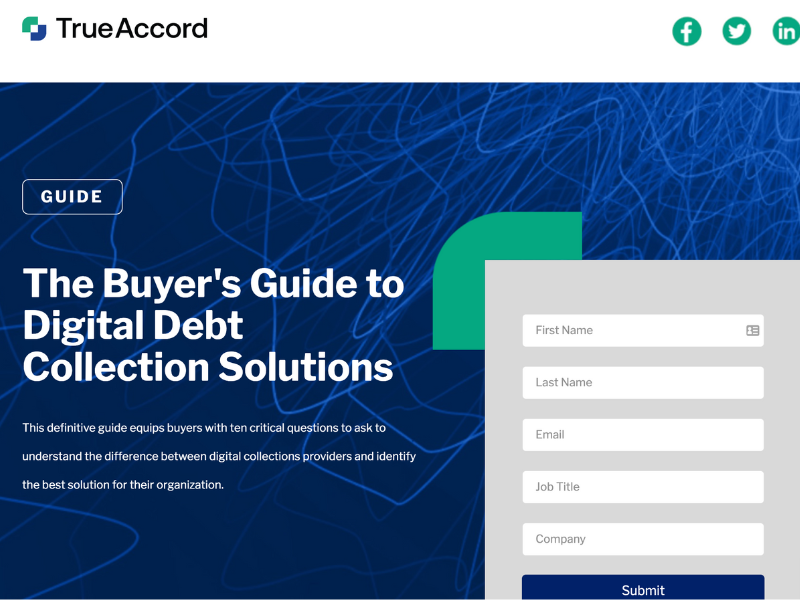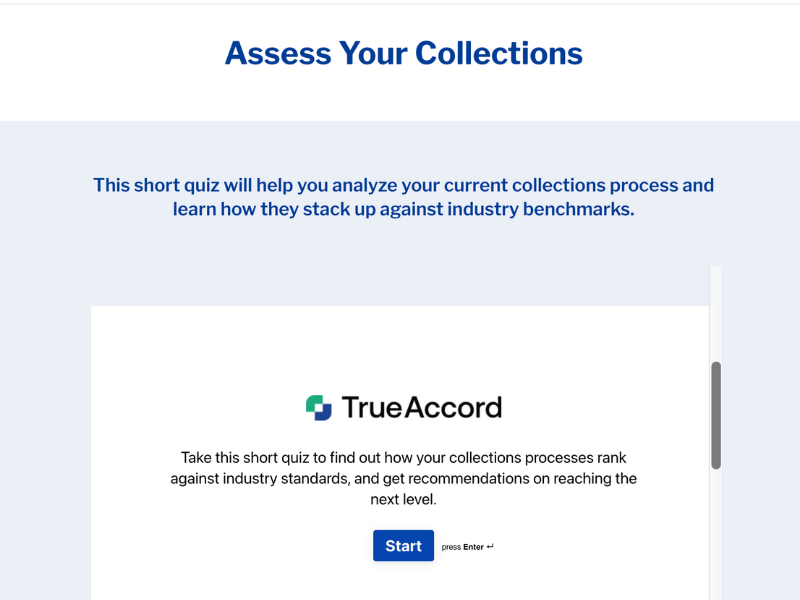As a B2B marketer, you know the importance of creating valuable, engaging content that speaks to your target audience. You also know that creating new content from scratch can be time consuming and, frankly, a drag.
In this post, we’ll talk about what you do once you’ve created that pillar piece of content – how to use derivative content to squeeze all the juice from your lighthouse piece.
Derivative content is new content that is created from existing content, often by repurposing, repackaging, or reusing it in different forms. It’s a time- and cost-efficient way to provide value and engage with your audience through multiple touchpoints and channels.
Whether the original content piece is a webinar, ebook, podcast interview, or conference sponsorship, there are many ways to repurpose, repackage, and reuse that content to create derivative content that will help you reach a wider audience, generate more leads, and ultimately drive more revenue.
Four examples of how you can create derivative content from different types of pillar content
1) Customer webinar – A customer webinar is a great way to showcase the success of your product or service and build trust with potential customers. To create derivative content from a customer webinar, consider turning it into a customer case study, short customer testimonials, at least one blog post, or short video snippets.
2) Ebook – Ebooks are a great way to provide in-depth information about your product or service and position yourself as a thought leader in your industry – for example, a Buyer’s Guide. To create derivative content from an ebook, consider breaking it up into multiple blog posts that highlight the individual chapters of the book, creating a printed version, a webinar, and multiple social media posts (both organic and paid). Additionally, you can develop create an interactive quiz / “grader” / “calculator” / “assessment” that allows readers to assess their own knowledge of the topic.
3) CEO podcast interview – Podcasts are a great way to build relationships with your target audience and position your CEO as a thought leader in your industry. To create derivative content from a CEO podcast interview, consider writing a blog post summarizing the interview, as well as individual blog posts expanding on interesting answers in the interview. Additionally, you can use social media posts to highlight specific quotes from the interview.
4) Conference sponsorship – Conferences are a great way to connect with your target audience, build relationships, and generate leads. To create derivative content from a conference sponsorship, consider creating multiple social media posts before, during, and after the conference with photos of your team and visiting customers or prospects. Additionally, you can write a blog post before the conference about the sessions you’re looking forward to, and a blog post after the conference about takeaways from the conference. You can interview team members who attended for their takeaways over video, audio, or text.
The bottom line
By putting the “derivative content” hat on, challenge yourself to come up with 3-5 ideas for additional content you can create from each piece of content or marketing activity you’re running. The key is to think creatively and find new ways to repurpose and reuse your existing content. By doing so, you’ll be able to stretch your budget and time, and reach a wider audience.










